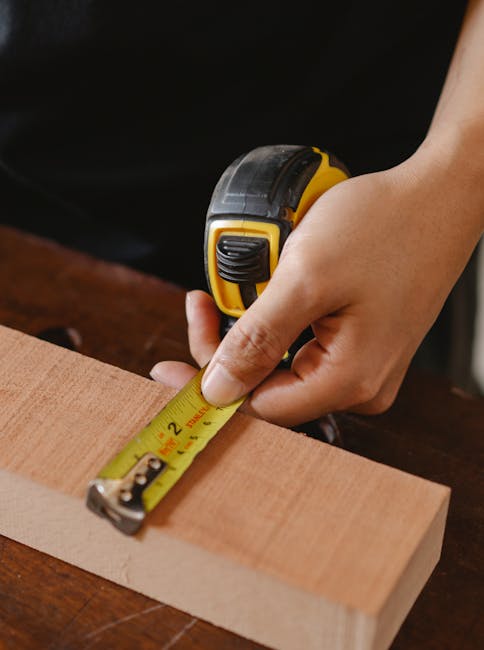
Accurate Standards: The Backbone of Effective Polygraphy
Polygraphy, commonly known as lie detection, is an intricate science that has been used for decades to determine the veracity of individuals in various settings, including criminal investigations and pre-employment screenings. However, the effectiveness of polygraphy hinges on one critical factor: accurate standards. Without these standards, the reliability and validity of polygraph tests can be severely compromised.
In this blog post, we will delve deep into the importance of accurate standards in polygraphy, exploring their role in ensuring effective and reliable results. We will also provide actionable tips and insights to help practitioners and organizations maintain these standards.
The Significance of Accurate Standards in Polygraphy
Accurate standards are the cornerstone of polygraphy. They ensure that the procedures, methodologies, and interpretations of polygraph tests are consistent and reliable. This consistency is crucial for several reasons:
- Reliability: Accurate standards ensure that polygraph tests produce consistent results across different examiners and settings.
- Validity: Standardized procedures ensure that the tests measure what they are intended to measure—truthfulness or deception.
- Credibility: Adherence to accurate standards enhances the credibility of polygraphy in legal and professional settings.
Statistics Highlighting the Importance of Accuracy
According to a study published in the Journal of Applied Psychology, polygraph tests that adhere to standardized procedures have an accuracy rate of approximately 85-90%. In contrast, tests that do not follow these standards have significantly lower accuracy rates, sometimes dropping below 70%.
These statistics underscore the critical importance of maintaining accurate standards in polygraphy to ensure reliable and valid results.
Key Components of Accurate Standards in Polygraphy
To maintain accurate standards in polygraphy, several key components must be in place:
1. Standardized Equipment
Using standardized and calibrated equipment is essential for accurate polygraph tests. This includes ensuring that the polygraph machine is regularly maintained and calibrated according to manufacturer specifications. Any deviations in equipment performance can lead to inaccurate readings and interpretations.
2. Training and Certification
Polygraph examiners must undergo rigorous training and certification processes to ensure they are well-versed in standardized procedures and methodologies. Organizations like the American Polygraph Association (APA) offer certification programs that provide comprehensive training and ensure examiners adhere to high standards of practice.
3. Standardized Questioning Techniques
The questions posed during a polygraph test must be carefully crafted and standardized to avoid ambiguity and ensure consistency. This includes using control questions, relevant questions, and comparison questions in a structured format.
4. Consistent Interpretation of Results
Interpreting polygraph results requires a standardized approach to ensure consistency. Examiners must follow established guidelines for analyzing physiological responses and determining the likelihood of deception. Any deviations from these guidelines can lead to inconsistent and unreliable results.
Actionable Tips for Maintaining Accurate Standards
Maintaining accurate standards in polygraphy requires ongoing effort and diligence. Here are some actionable tips to help practitioners and organizations uphold these standards:
1. Regular Equipment Maintenance
Schedule regular maintenance and calibration of polygraph equipment to ensure it operates within specified parameters. This includes checking sensors, recording devices, and software updates.
2. Continuous Training and Education
Encourage examiners to participate in ongoing training and education programs to stay updated on the latest advancements and best practices in polygraphy. This can include attending workshops, seminars, and conferences.
3. Implement Quality Control Measures
Establish quality control measures to monitor and evaluate the performance of polygraph examiners. This can include peer reviews, audits, and periodic assessments to ensure adherence to standardized procedures.
4. Clear and Transparent Documentation
Maintain clear and transparent documentation of all polygraph tests, including the questions posed, equipment settings, and examiner observations. This documentation can be invaluable for quality assurance and reviews.
5. Adhere to Ethical Guidelines
Follow ethical guidelines and standards set by professional organizations like the APA. Ethical practices are essential for maintaining the credibility and integrity of polygraphy.
Conclusion
Accurate standards are undeniably the backbone of effective polygraphy. They ensure that polygraph tests are reliable, valid, and credible, providing valuable insights in various settings. By adhering to standardized procedures, using calibrated equipment, and continually educating examiners, we can uphold the integrity and effectiveness of polygraphy.
In a world where truth and deception can have significant consequences, maintaining accurate standards in polygraphy is not just a best practice—it is a necessity. By following the actionable tips outlined in this blog post, practitioners and organizations can ensure that their polygraph tests are conducted with the highest level of accuracy and reliability.
